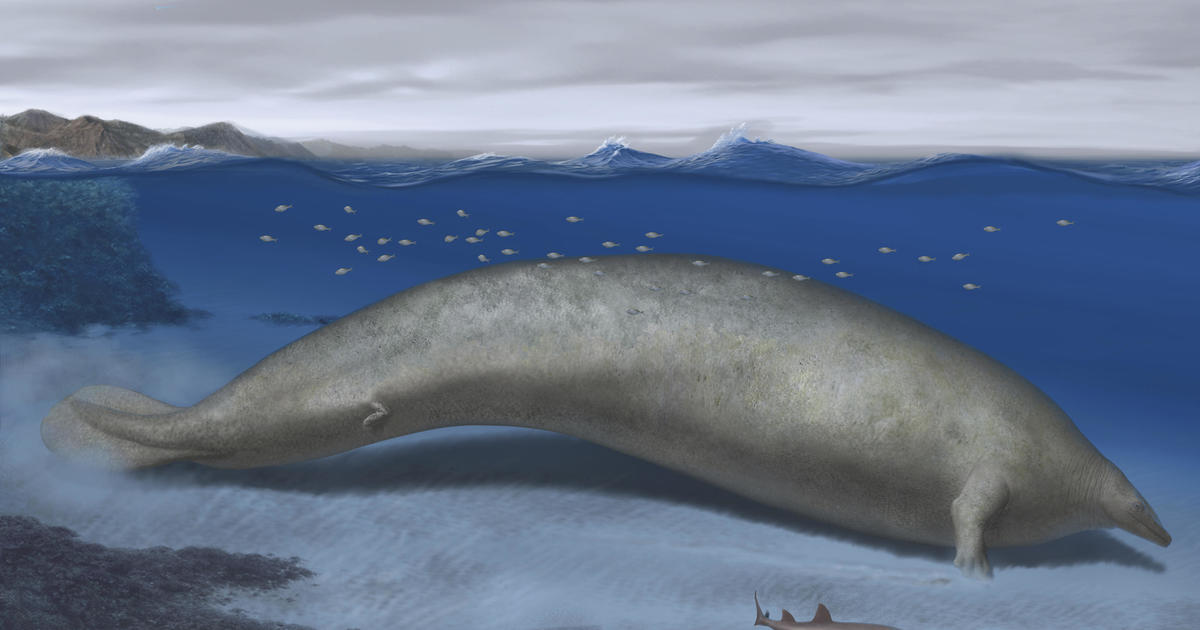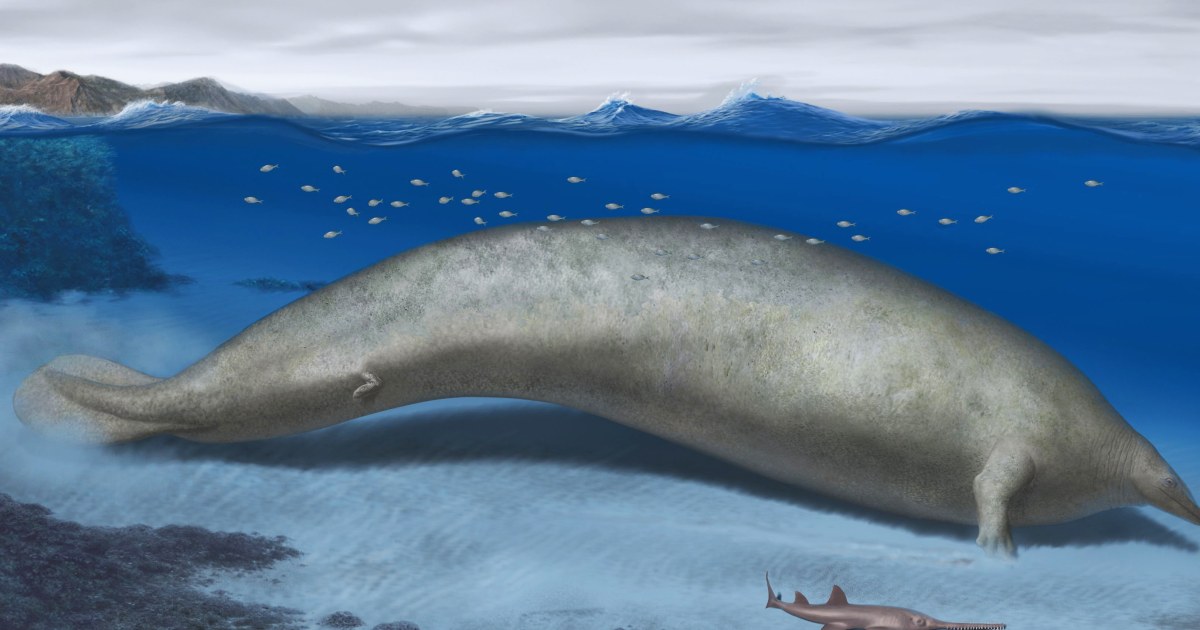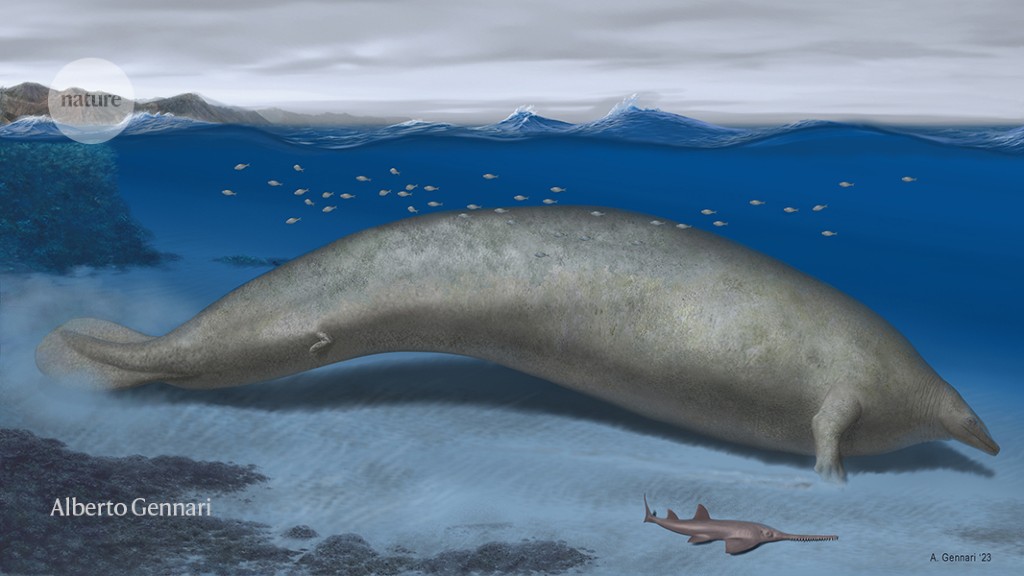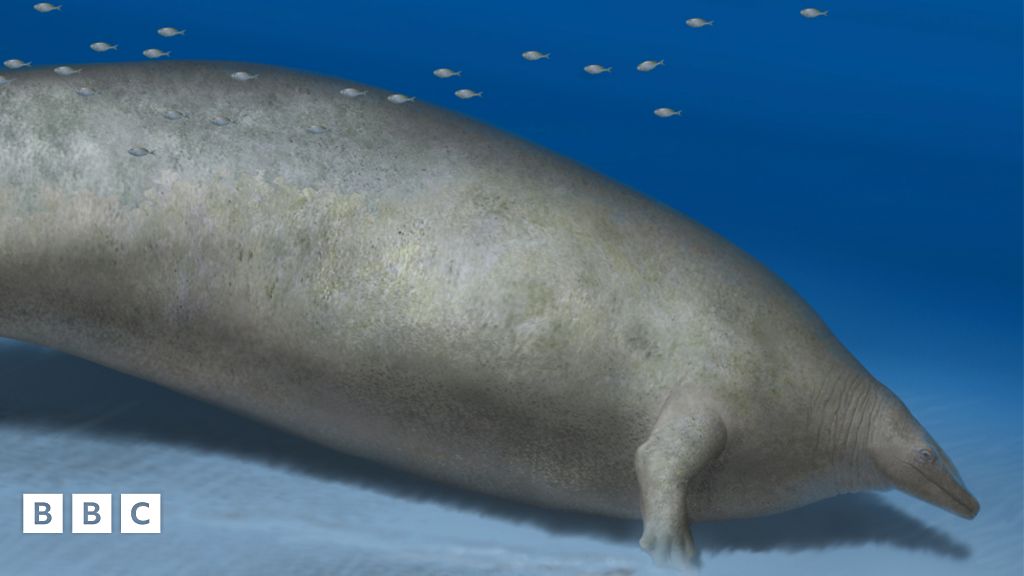Researchers have discovered the remaining parts of an ancient whale species, Perucetus colossus, in the Peruvian desert. Dated to almost 40 million years ago, this colossal whale has caught the attention of the scientific community due to its astonishing size, possibly making it the heaviest creature ever to have lived on the planet.

Also Read: Typhoon Doksuri: Beijing’s Heaviest Rain in a Decade Kills at Least 11
Sources Related to Heaviest and Extinct Animals (For R&D)
- Largest extinct animals list
- Discover 8 of the Biggest Animals that Have Gone Extinct
- Largest prehistoric animals
- 10 of the Most Dangerous Extinct Animals To Have Roamed The Earth
- Top 10 Extinct Animals
- 10 monstrous beasts we’re glad have gone extinct
- 18 terrifying animals you are SO glad are extinct
- After Dinosaurs Went Extinct, These Ten Giant Creatures Roamed the Earth
- Biggest Animals On The Planet: Modern & Extinct
The journey to unwind the mysteries of Perucetus colossus started quite a long time back when scientist Mario Urbina from the University of San Marcos’ Natural History Museum stumbled upon fossils in the Ica desert.
However, it was only recently that these fossils were recognized as having a place with a totally new species. The partial skeleton, comprising 13 vertebrae, four ribs, and a hip bone, presented an unprecedented challenge to researchers due to its immense size and weight.
Utilizing cutting-edge 3D scanning and drilling techniques, researchers pieced together a remarkably detailed three-dimensional model of the creature, shedding light on its remarkable characteristics.
The measurements of Perucetus colossus have amazed the scientific community. While it might not have been as long as the modern blue whale, it outclasses the blue whale in sheer weight.
Also Read: Central Russia:10 Dead, Including 3 Children as Strong Winds hit Tourist Camp
With an expected weight going between 85 to 340 metric tons, this ancient giant might have surpassed even the most massive dinosaurs that once roamed the land. The study’s lead author, Giovanni Bianucci, emphasizes that the estimated skeletal mass of Perucetus colossus surpasses that of any known mammal or aquatic vertebrate, making it a formidable contender for the title of the heaviest animal on record.
The discovery of Perucetus colossus challenges our understanding of the evolution of cetaceans, the group that includes dolphins, whales, and porpoises. By analyzing the ancient whale’s remains, researchers have gained insights into the gigantism that evolved in these marine mammals.
Also Read: Devastating Mediterranean Wildfires Kill More than 40
The Perucetus colossus inhabited when cetaceans were progressing from an earthbound to a marine way of life, showing that outrageous gigantism was an early phenomenon in their evolutionary history. This finding challenges the previously held belief that gigantism in cetaceans emerged much later, approximately five to ten million years ago.
Intriguingly, Perucetus colossus probably had an unusual appearance, looking like a modern manatee yet with excessively little head and appendages contrasted with its massive body. The whale’s dense and compact bones allowed it to stay submerged at depths of around 10 meters without expending much energy.
Researchers speculate that it might have been a slow swimmer, feeding along the seabed, possibly scavenging off the remains of other marine creatures. The lack of cranial and tooth remains hinders precise determination of its diet and lifestyle, adding further mystique to this ancient behemoth.
Also Read: The Ocean is Changing to Color Green due to Climate Change

























+ There are no comments
Add yours